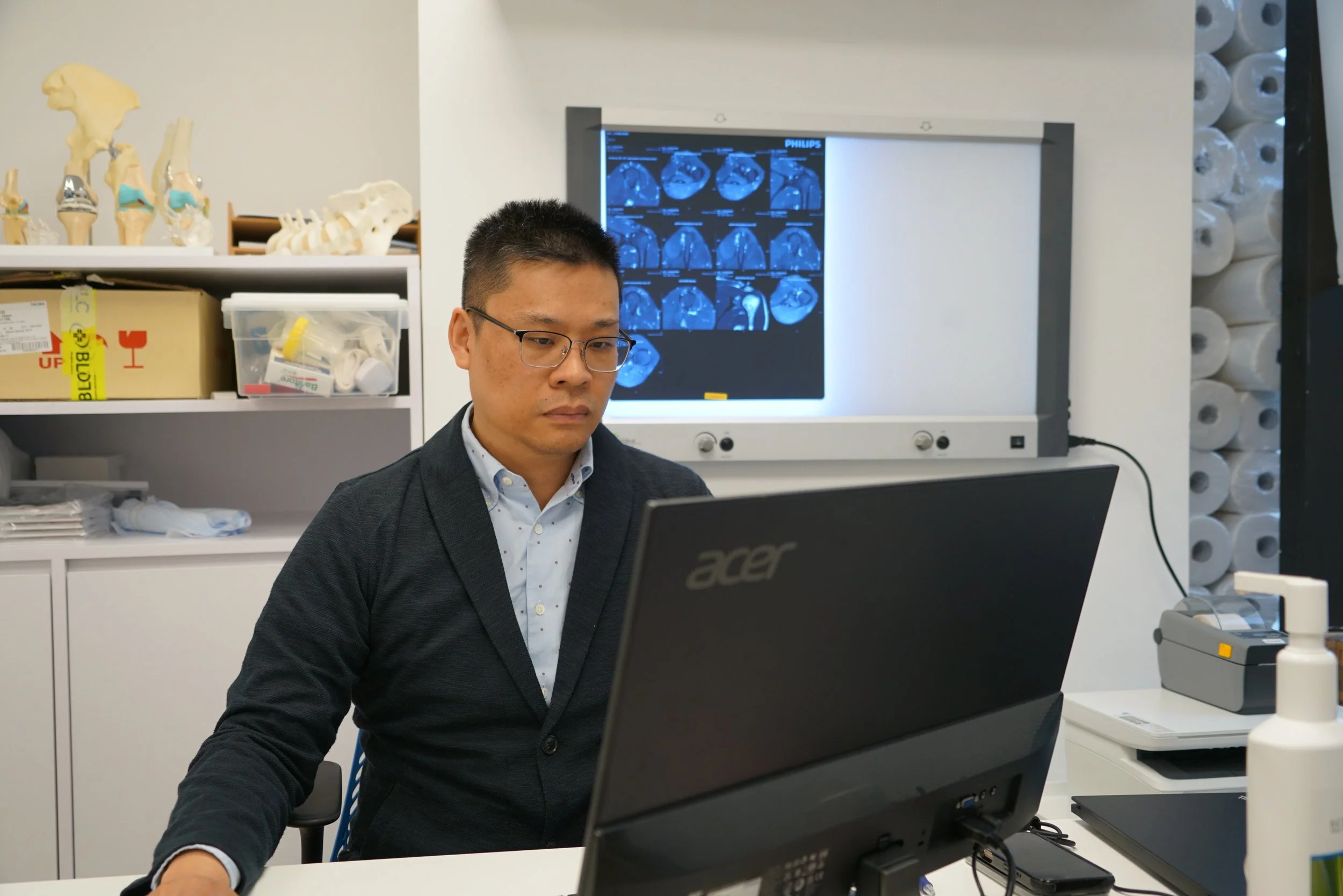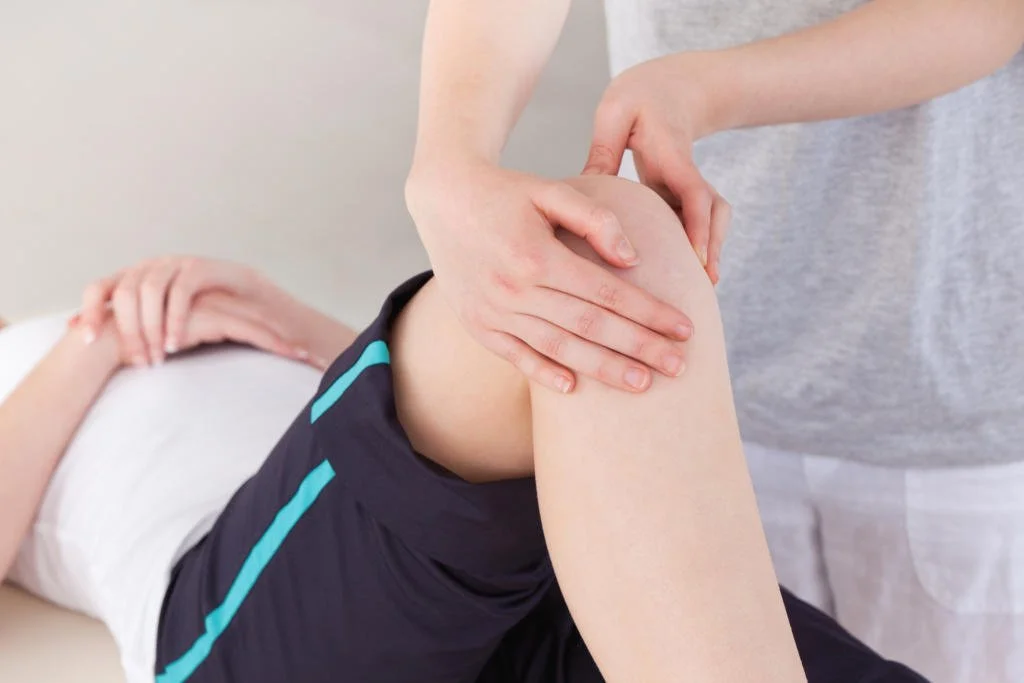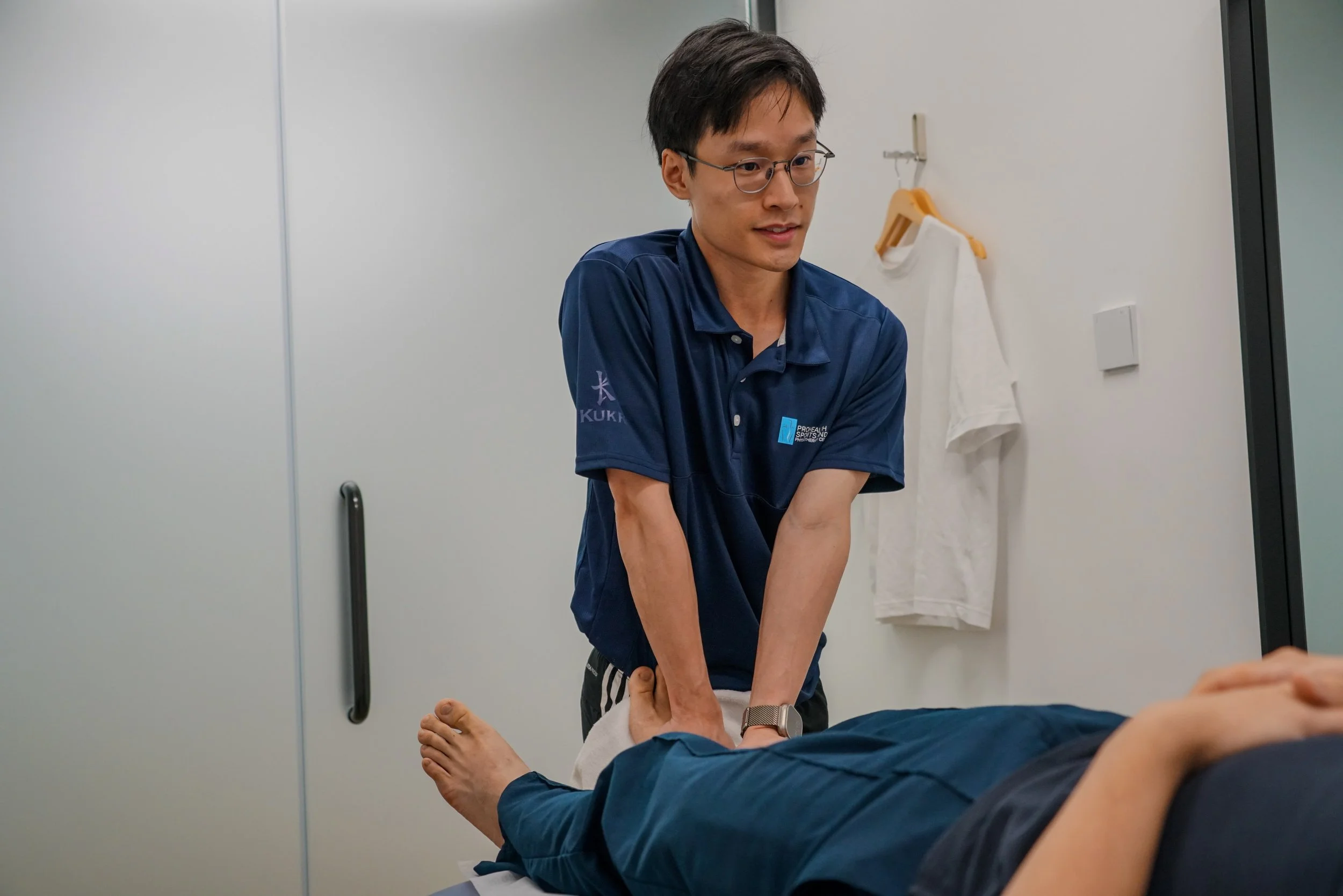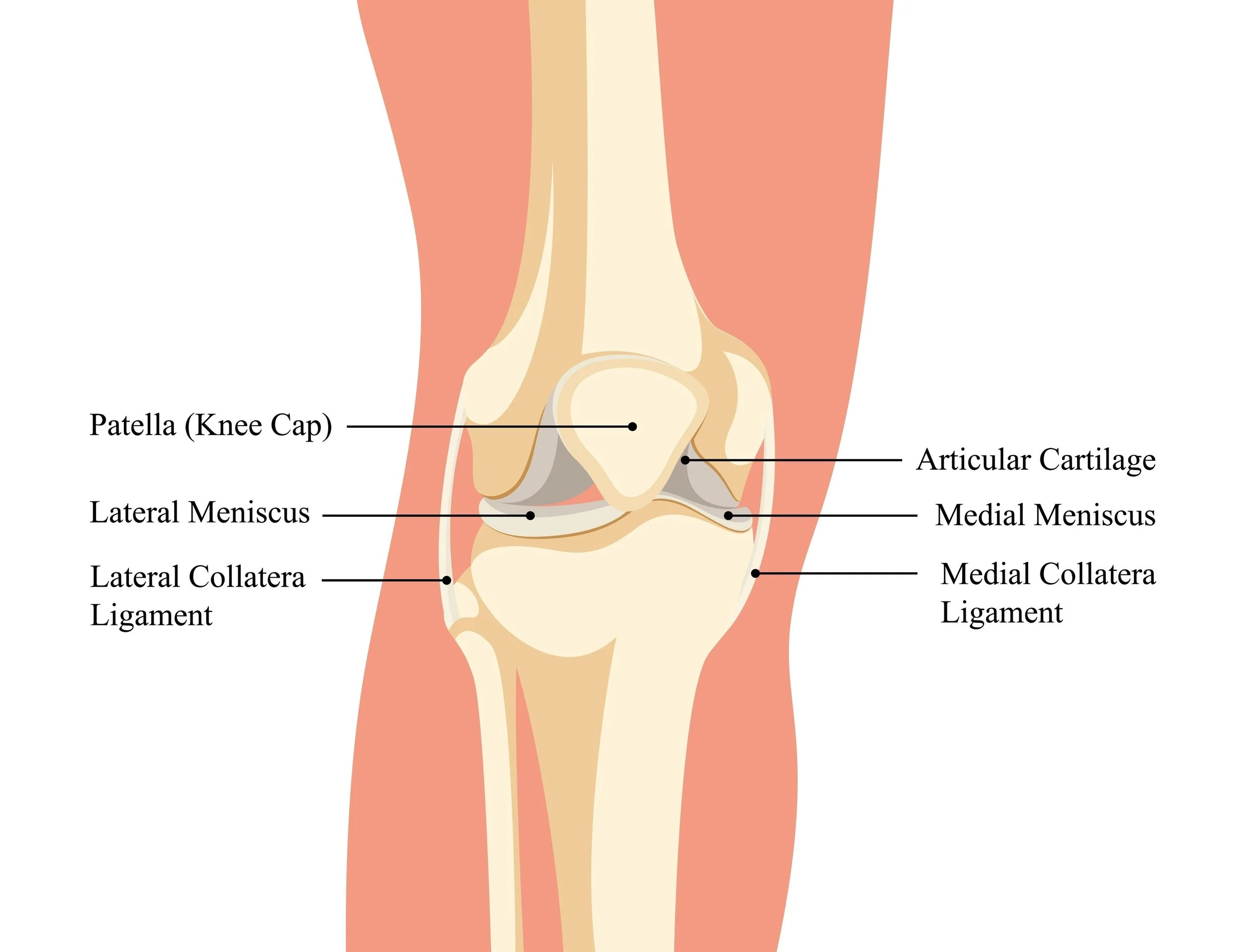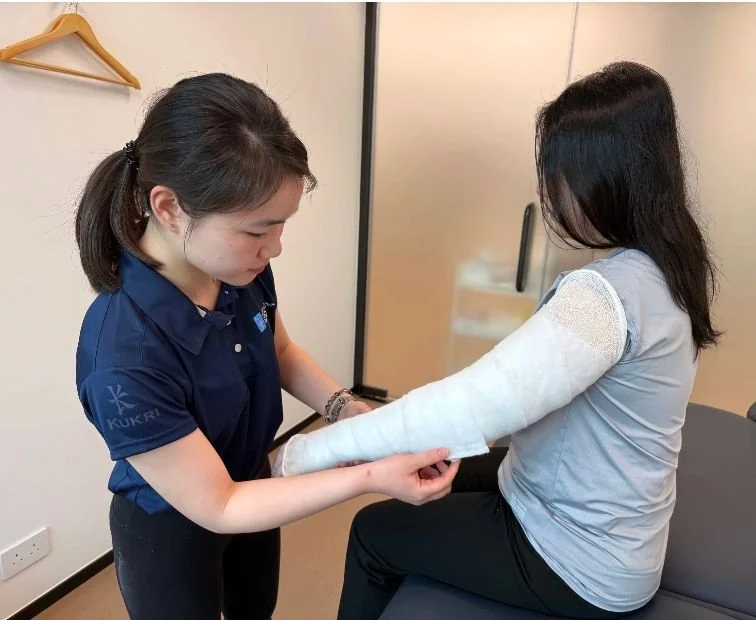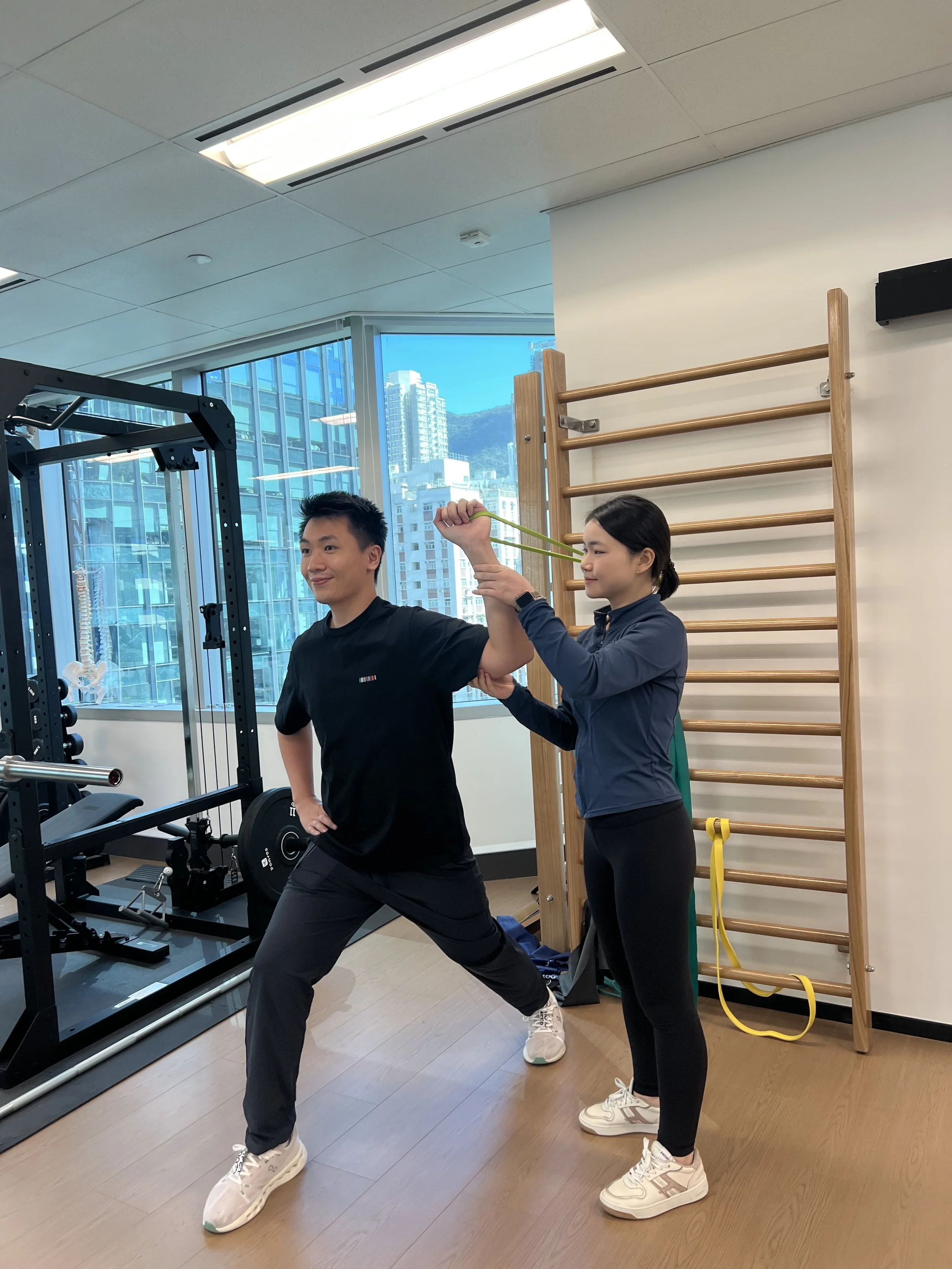
Prohealth Asia’s
Hong Kong Blog
Welcome to the Prohealth Hong Kong blog, your go-to source for expert tips from our physiotherapy team, as well as the latest news on upcoming events and exclusive promotions. Our experienced physiotherapists share their insights on maintaining optimal health, preventing injuries, and enhancing your overall well-being. Stay informed about our workshops, health seminars, and special offers designed to support your journey to wellness. Join us as we explore the best practices in physiotherapy and corporate wellness across Asia.
Golf is a game of precision, technique, and repetitive motion. While it may seem low-impact, golf puts significant stress on your body, especially your back, shoulders, wrists, and hips. Whether you are a weekend golfer or a regular player, physiotherapy can help you enhance your swing, boost performance, and avoid injuries that might keep you off the course.
Mr. Lee, 38, noticed swelling in his left big toe over 20 years ago. But at the time, I didn't know I had gout, and my family thought it was rheumatism. Consequently, he never sought formal medical attention or took medication until five or six years ago when he started developing prominent lumps all over his body, including his fingers, toes, elbows, and knees. These subcutaneous lumps are actually tophi.
At ProHealth Asia Hong Kong, we understand that lasting success requires more than just willpower; it requires a personalized, evidence-based plan. This 2026, let us help you transform your health aspirations into concrete, achievable results. Don't just set goals—build a roadmap to a stronger, healthier you with the expert guidance of a physiotherapist.
Planning your next trip—be it an adventurous snowsports itinerary or a relaxing beach holiday—is exciting. However, the physical demands of travel, from enduring long flights and carrying luggage to engaging in novel activities, can often lead to unexpected muscle aches, joint stiffness, and compensatory pain patterns.
Anterior cruciate ligament (ACL) reconstruction is one of the most common surgeries for athletes and active individuals who have experienced a knee injury. Returning to sport safely after ACL reconstruction requires more than just healing from surgery. Physiotherapy plays a vital role in restoring strength, stability, and confidence, ensuring that athletes can safely resume training and competition. Understanding the physiotherapy perspective helps patients navigate the full return to sport journey effectively.
Injury recovery often requires more than rest and rehabilitation exercises. Taping and bracing are two effective supportive techniques used in physiotherapy to protect injured joints, reduce pain, and enhance recovery. Understanding when and how to use these methods can help patients recover safely while maintaining mobility and confidence in daily activities or sports.
If you're dealing with an injury, chronic pain, or are looking to enhance your physical performance, you've likely encountered the terms physiotherapy, manual therapy, and sports therapy. While they all play a crucial role in physical health and rehabilitation, they are distinct disciplines with different scopes of practice, focuses, and techniques.
The HYROX global fitness race—combining eight 1km runs with eight functional fitness stations—is a supreme test of hybrid endurance that is truly taking Hong Kong by storm. The unique, high-intensity demands of this race require athletes to repeatedly switch between running and heavy functional movements, placing specific and intense stress on the body.
Creating lasting movement habits can be challenging, especially when modern life encourages long periods of sitting and inactivity. Many people start exercise programs with enthusiasm but quickly lose momentum. This is where a physiotherapist’s guidance can make all the difference. By combining knowledge of human movement with habit-building strategies, physiotherapists can help you develop sustainable routines that support long-term health.
Have you been struggling with pain, limited movement, or discomfort in your outer part of the ankle after a slip or fall? You may be experiencing a condition known as Ankle Inversion Sprain. While it can be frustrating, understanding what's happening in your body is the first step toward recovery.
Working from home has become a daily reality for millions of people. While flexibility and convenience are advantages, spending hours at a poorly arranged workspace can lead to discomfort, pain, and long-term musculoskeletal issues. Many workers assume that achieving proper ergonomics requires a costly new desk or chair. In reality, you can create a pain-free home office setup using simple adjustments and smart habits.
Osteoporosis is one of the most common age-related conditions that affects bone strength and density. As people grow older, bones naturally lose minerals such as calcium, making them thinner and more fragile. This increases the risk of fractures, particularly in the spine, hips, and wrists. However, the good news is that physiotherapy plays a vital role in preventing and managing osteoporosis by helping strengthen bones, improve balance, and enhance mobility.
For athletes, every competition pushes the body to its limits. Whether you’re a professional or a weekend warrior, proper post-game recovery is vital to maintain peak performance and avoid injuries. One of the best ways to support your body after intense physical activity is through physiotherapy. At Prohealth Hong Kong, we emphasise the importance of post-game physiotherapy to help athletes recover faster and prepare for their next challenge. Here’s why physiotherapy should be an essential part of your post-competition routine.
We were recently thrilled to be part of a corporate wellness event at Swire, introducing their team to the dynamic world of Padel and the foundational strength of Mat Pilates. This unique combination showcased two seemingly different activities that both underscore a critical truth: physiotherapy is the essential foundation for sustainable wellness and peak employee health.
The shoulder is an incredibly mobile joint, allowing us to perform a vast range of movements, from reaching overhead to throwing a ball. This remarkable mobility is largely thanks to the rotator cuff, a group of four muscles and their tendons that surround the shoulder joint, providing stability and enabling smooth arm rotation and lifting. However, this complex structure is also highly susceptible to injury, particularly tears.
Living with arthritis can feel like a daily battle. From joint pain in the morning to stiffness that makes everyday tasks harder, arthritis affects more than just your body. It can impact your mood, energy levels, and ability to stay independent.
But here’s some good news: physiotherapy is one of the most effective ways to manage arthritis symptoms. Whether you're newly diagnosed or have been managing arthritis for years, working with a physiotherapist can help reduce pain, improve movement, and keep your joints as healthy as possible..
Knee pain is a common complaint that can affect people of all ages, from high-school athletes to active seniors. Whether it's a nagging ache, a sharp pain during activity, or a constant discomfort, knee pain can significantly impact your daily life.
Have you been struggling with pain, limited movement or discomfort in your shoulder? You may be experiencing a common condition known as Shoulder Impingement Syndrome. While it can be frustrating, understanding what's happening in your body is the first step towards recovery.
Have you been struggling with pain, limited movement or discomfort in your shoulder? You may be experiencing a common condition known as Shoulder Impingement Syndrome. While it can be frustrating, understanding what's happening in your body is the first step towards recovery.
Physiotherapy is often misunderstood as a mere fix for injuries, conjuring images of painful stretches or generic exercises. Yet, your first session can shatter these myths, offering unexpected benefits that go beyond physical relief. Whether you're recovering from an injury, managing chronic pain, or seeking better mobility, physiotherapy unlocks a holistic approach to well-being. Here are three surprising gains from your initial visit, revealing why it’s a transformative step toward better health.
High-Intensity Training (HIT) is not just for elite athletes. It is a philosophy of strength building that focuses on maximal effort, offering profound benefits for anyone looking to improve their health and quality of life. By engaging in brief, intense, and infrequent strength sessions, you can build a foundation of resilience that extends far beyond muscle, impacting your energy, metabolism, and ability to handle daily physical demands with ease.
The clicking, aching, and stiffness of Temporomandibular Joint Disorder (TMJ) can feel frustrating and debilitating. Many people believe that this complex pain is a life sentence or requires invasive procedures. However, the key to unlocking this discomfort often lies not just in the joint itself, but in the intricate network of muscles, nerves, and posture that supports it. Physiotherapy offers a revolutionary, non-invasive approach that views the jaw as an integral part of your body's musculoskeletal system.
Neck pain is a common burden for desk workers, often caused by prolonged sitting, poor posture, and repetitive strain. This discomfort can interrupt focus and productivity, but with simple strategies and targeted exercises, you can ease neck tension and find your flow.
For thousands of years, practitioners of Traditional Chinese Medicine (TCM) have used the tongue as a powerful diagnostic tool. While it doesn't replace a modern medical diagnosis, your tongue can offer a fascinating, real-time window into your overall health and well-being.
Have you been struggling with pain, limited movement, or discomfort in your inner ankle and foot, that you were told it could be the Achilles or Plantarfasciitis, but not quite after you google the symptoms online? You may be experiencing a common condition known as Flexor Hallucis Longus (FHL) Tendinopathy. While it can be frustrating, understanding what's happening in your body is the first step toward recovery.
Flat feet, or fallen arches, are a common condition affecting millions, leading to discomfort, fatigue, and pain in the knees and back due to poor body alignment. While genetics play a role, the journey to healthier, stronger feet is within reach through targeted exercises, supportive gear, and smart lifestyle changes. This guide provides a blueprint to transform your feet, boosting your mobility and comfort.
Have you been struggling with pain, stiffness, or discomfort in the back of your heel? You may be experiencing a common condition known as Achilles Tendinitis. While it can be frustrating, understanding what's happening in your body is the first step toward recovery.
We’ve all heard the command: “Stand up straight!” It’s often associated with mere appearance, but posture is far more than that—it is a fundamental pillar of our long-term health and well-being. In our modern world of desks, smartphones, and sedentary habits, poor posture has become an epidemic, contributing to a host of issues from chronic pain to reduced energy. Understanding why posture matters and how to correct it is not an exercise in aesthetics; it is an investment in a pain-free and vibrant life.
Have you been struggling with pain, limited movement, or discomfort in your knee? You may be experiencing a common condition known as Patellofemoral Pain Syndrome. While it can be frustrating, understanding what's happening in your body is the first step toward recovery.
A hamstring strain is a common athletic injury that can be effectively managed with a strategic physiotherapy approach. The key to a successful recovery and preventing re-injury lies in moving beyond simple rest and embracing a progressive, structured rehabilitation plan focused on eccentric strength training.


